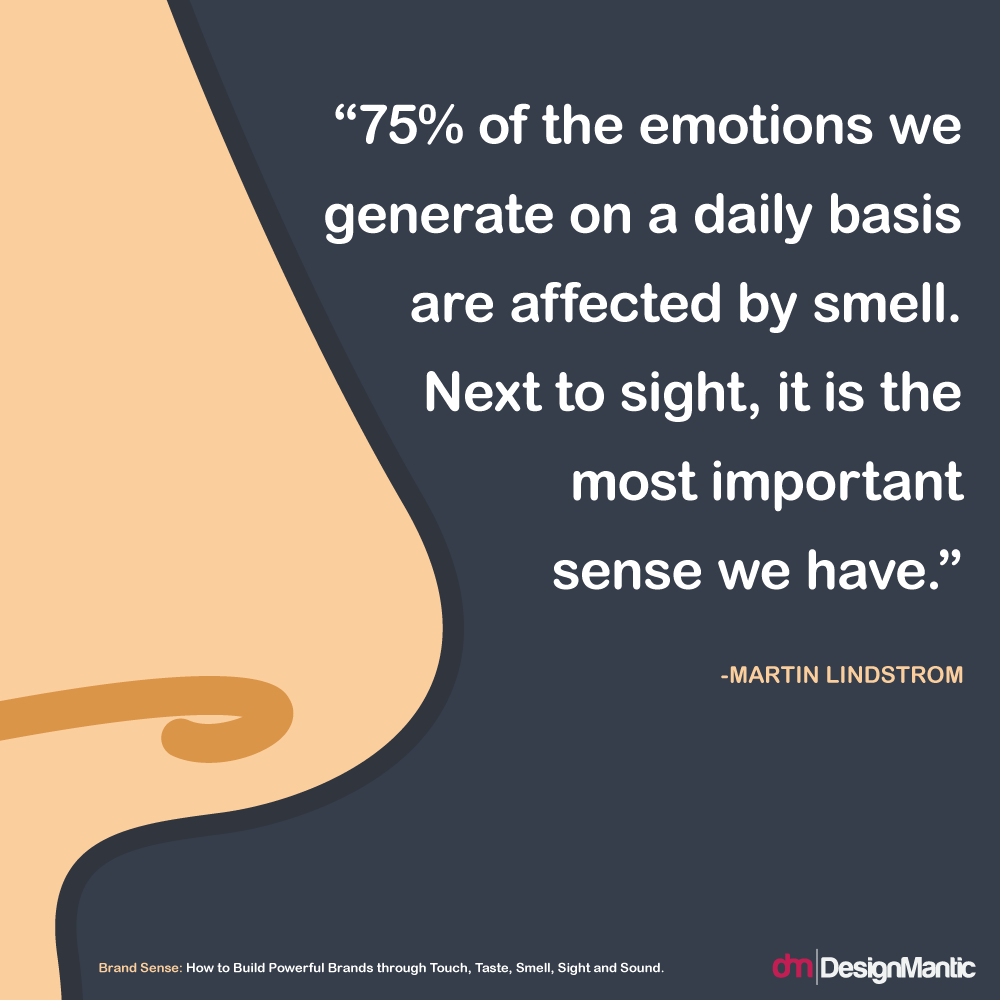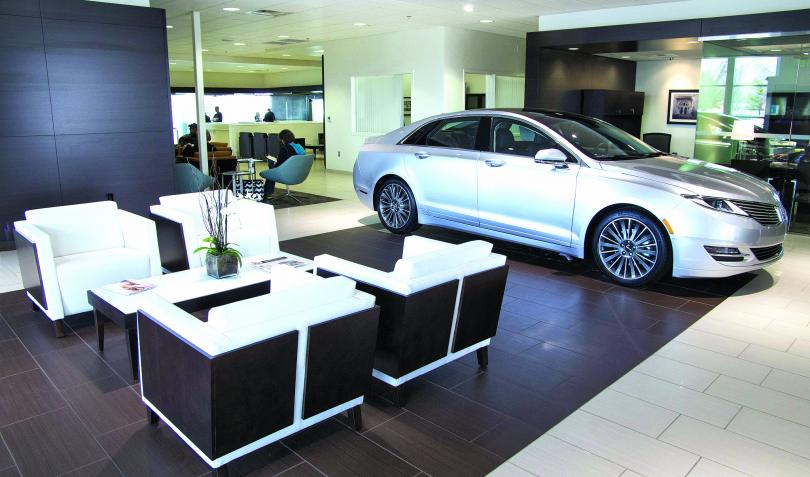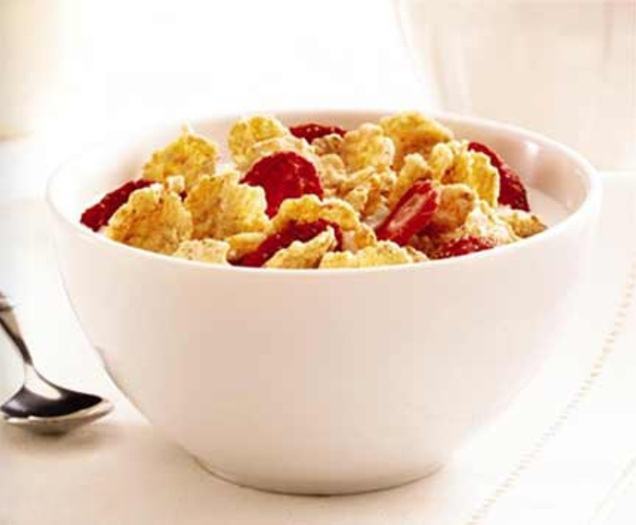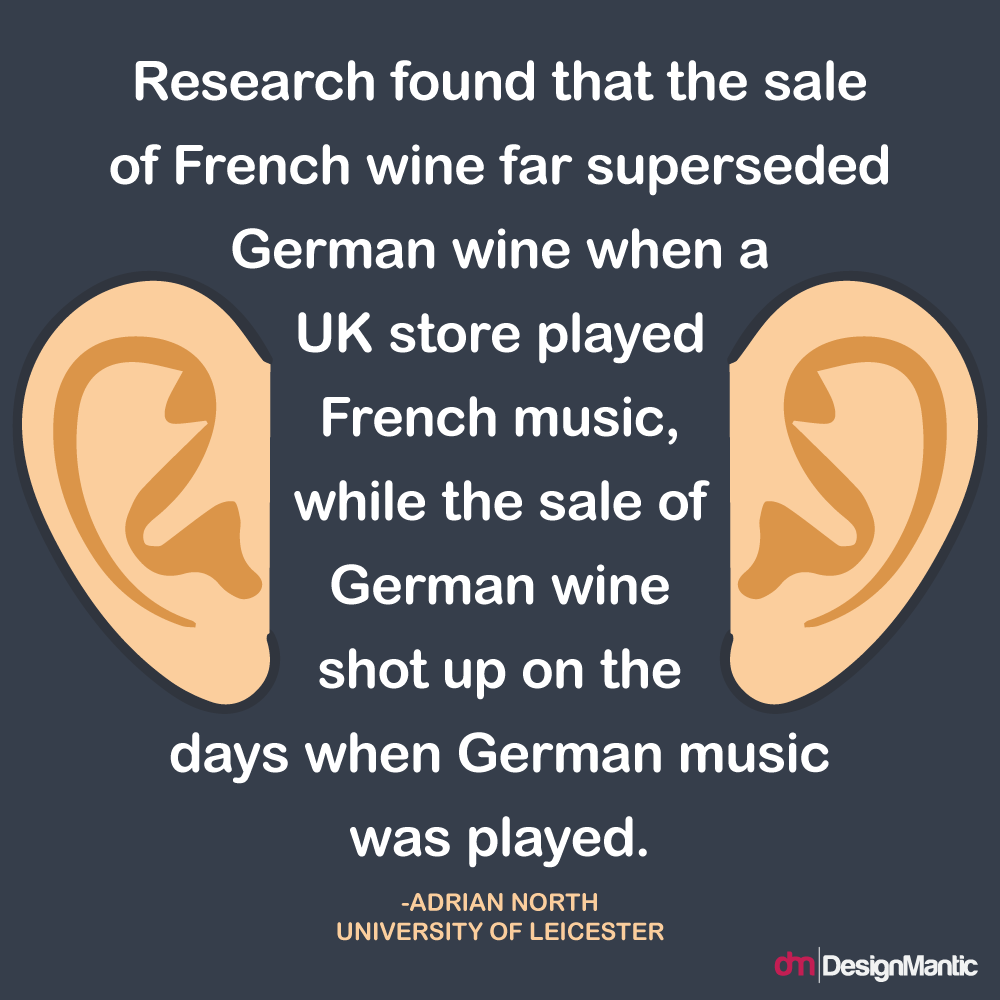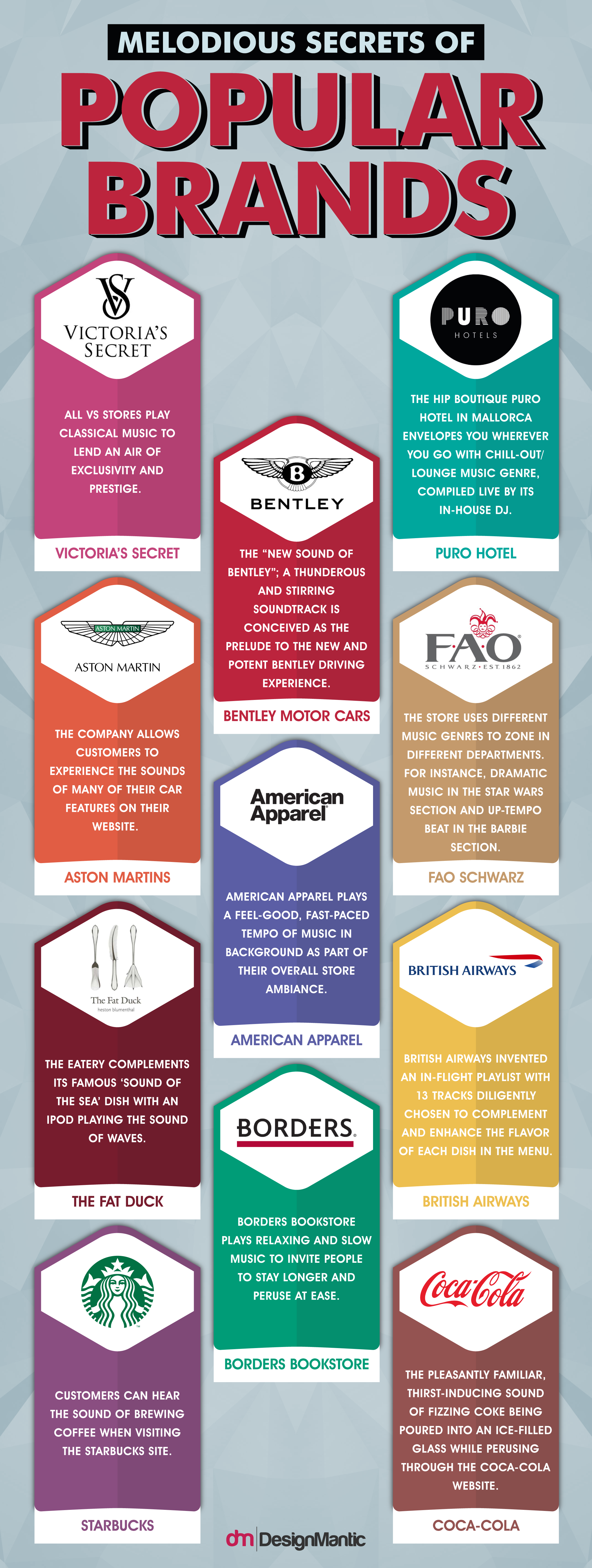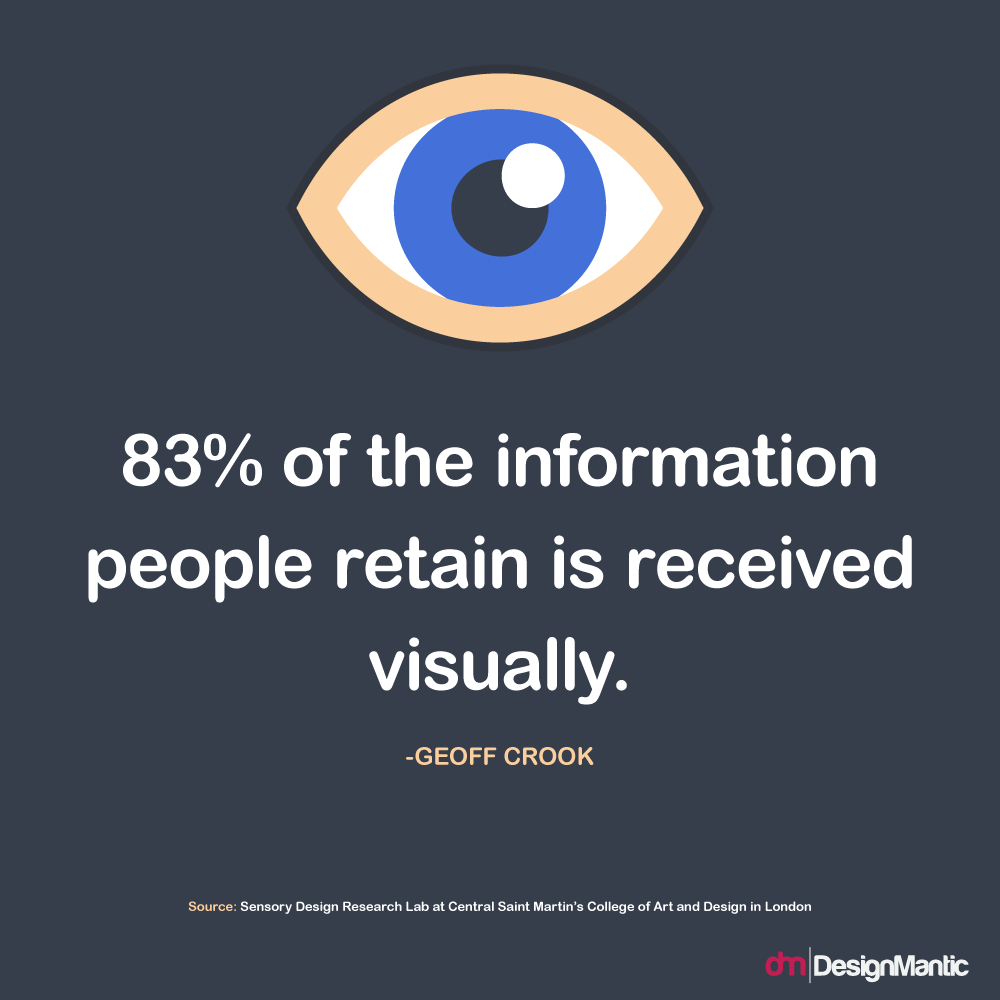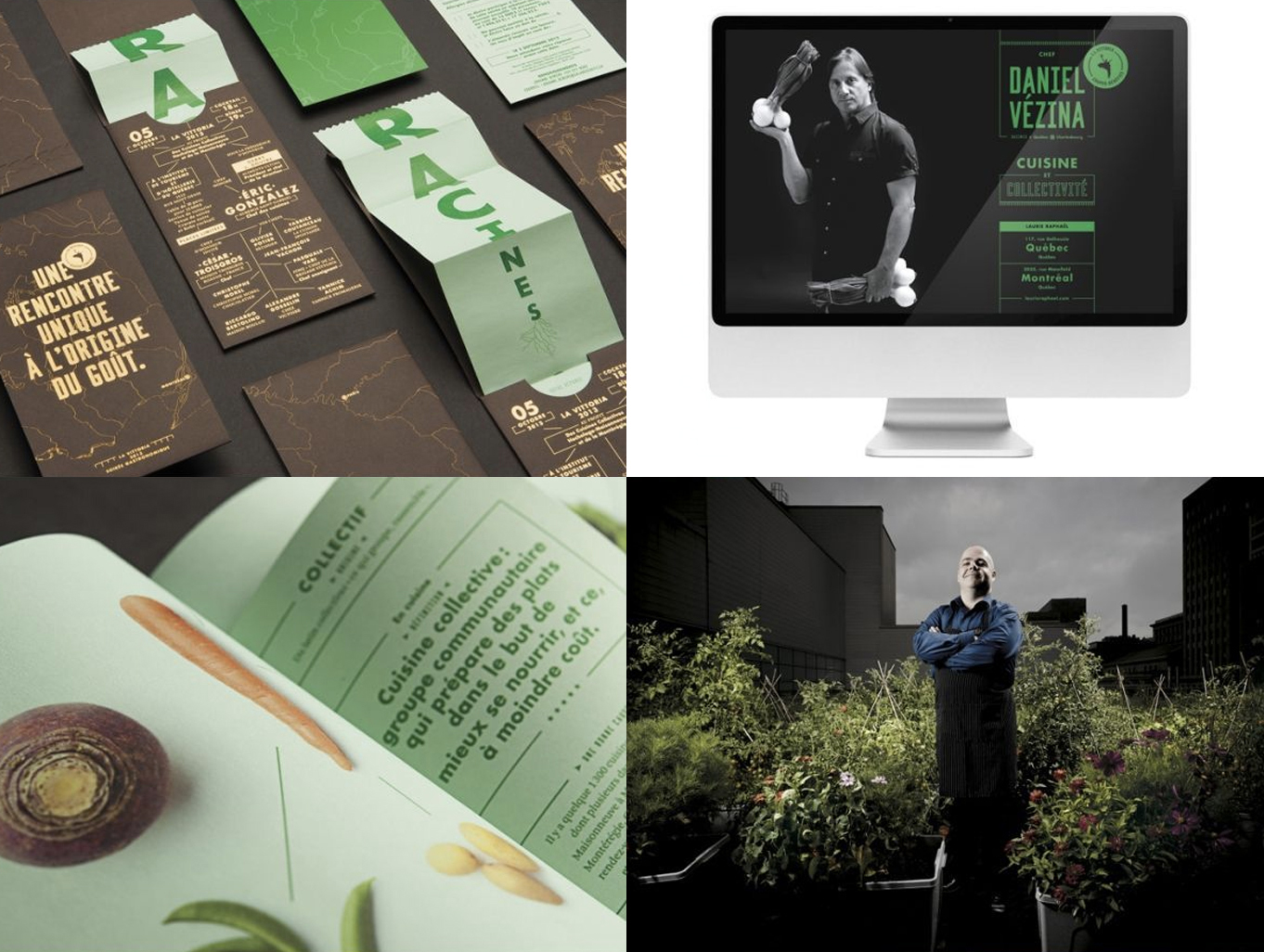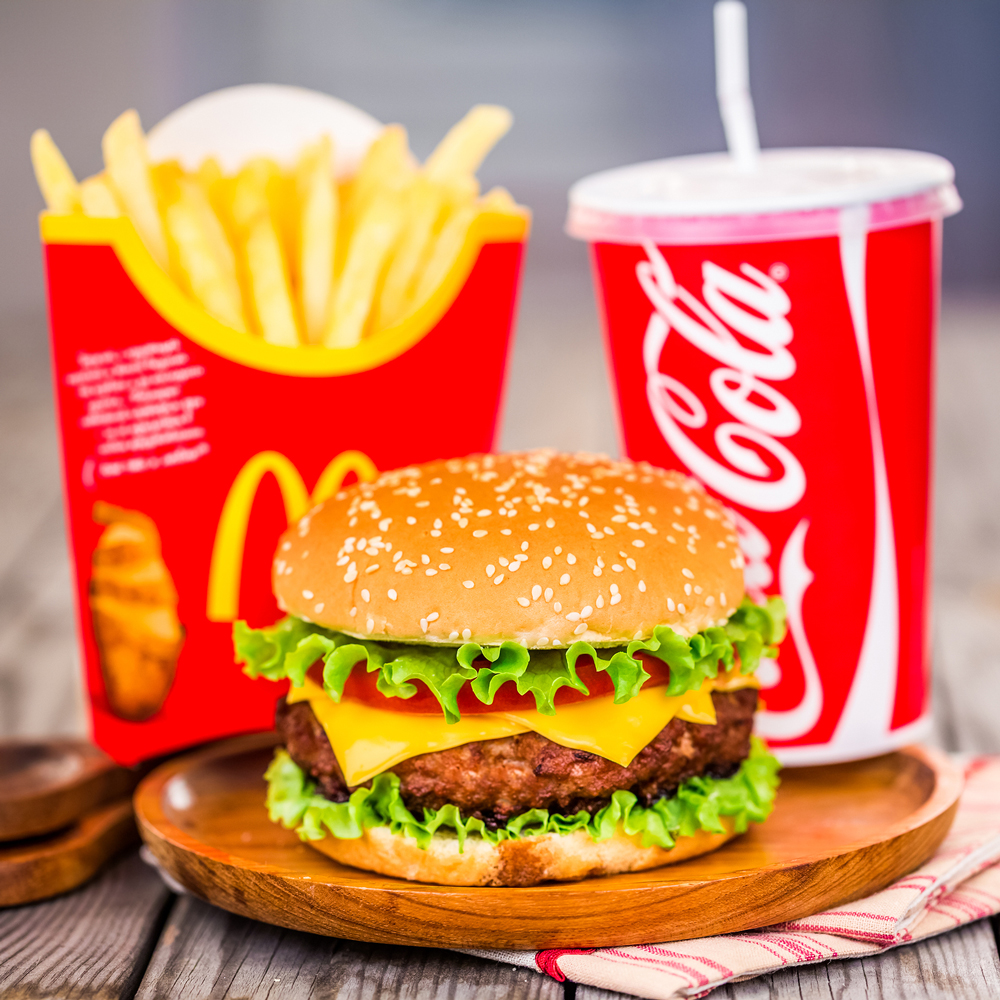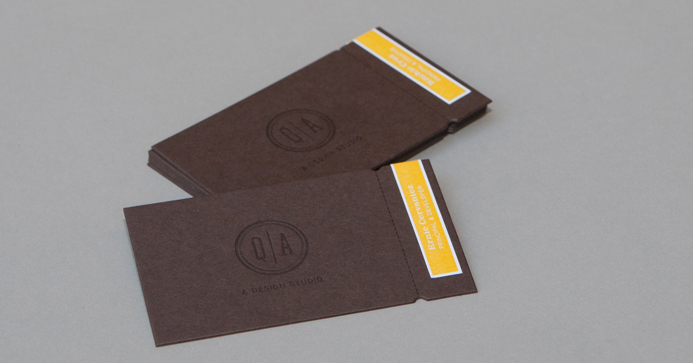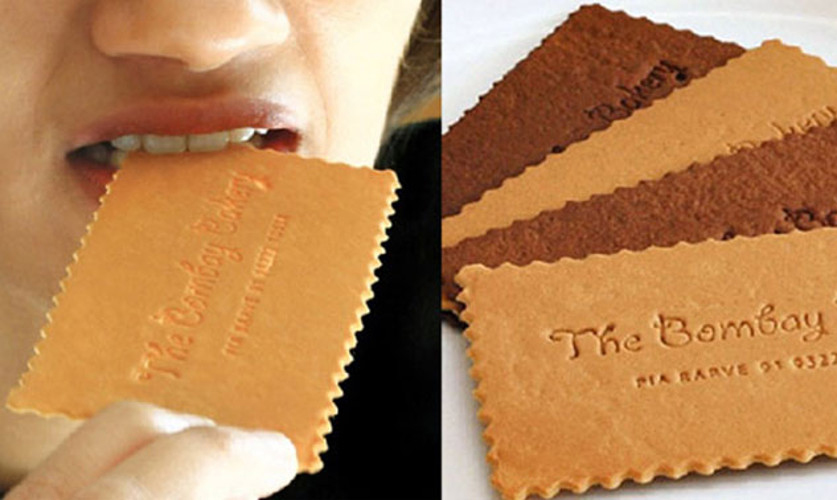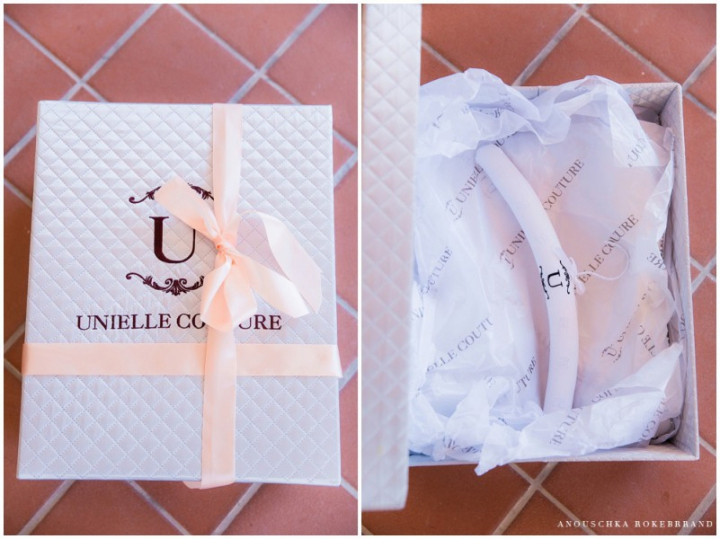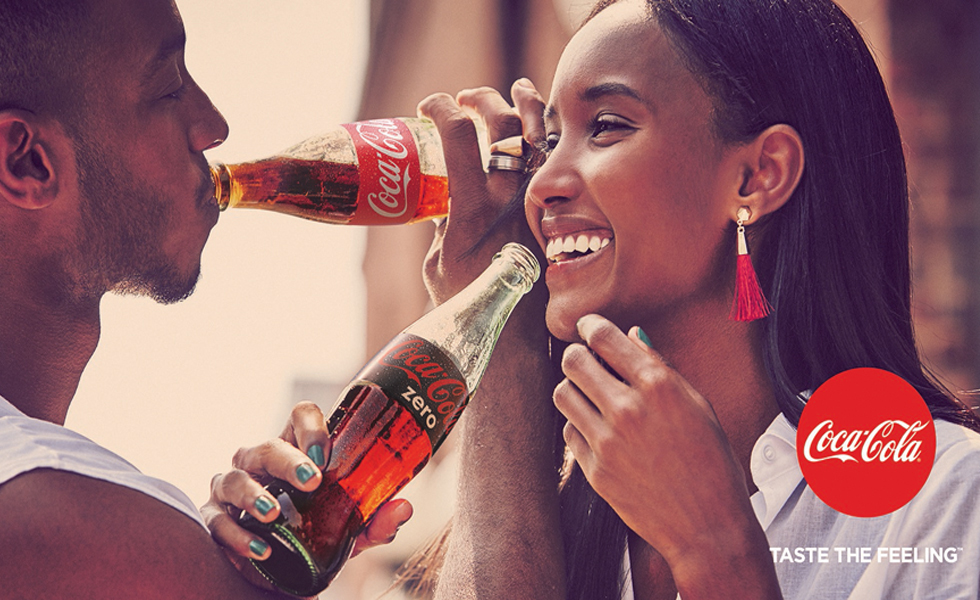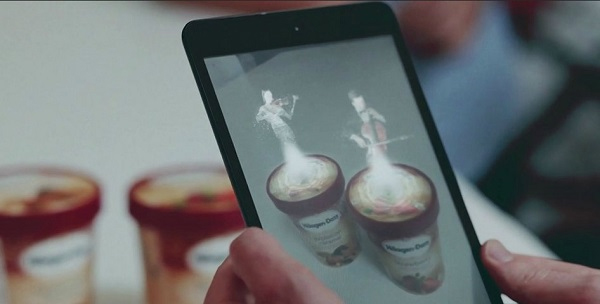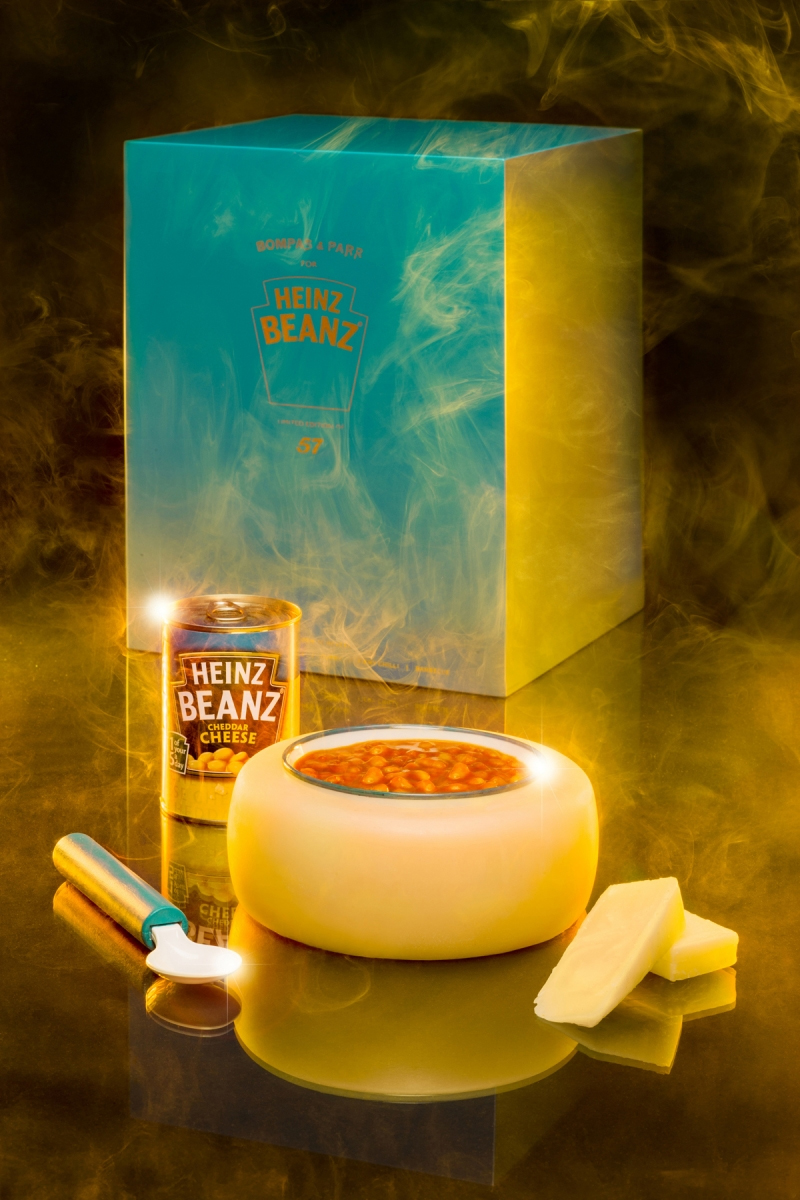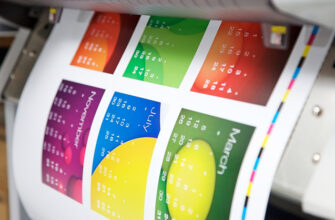As Millward Brown chief global analyst Nigel Hollis mentions in his book, ‘Brand Premium: How Smart Brands Make More Money’,
“Brand experience exerts the single biggest influence on brand associations. By confirming or denying expectations, experience determines our beliefs about a brand.”
Millward Brown, Chief Global Analyst
Source: Brand Premium: How Smart Brands Make More Money
This translates into the fact that no matter what brands have to say about their products, it is their memories associated with the brand that will dictate future choices, and user experience that will determine the lasting impressions of the brand. Customer experience can make or break a brand and the following facts testify to that.
Here are some interesting facts:
- 82% customers believe that the event is the experiential form of communication most likely to lead to the purchase
- 8 out of 10 consumers who had a positive customer experience, talked about the brand.
- 70% of consumers believe that emotions account for 50% of their purchasing decision.
- 9 out of 10 consumers believe that testing the product through experience is the best way to get information on the brand.
- 66% said that experiential marketing positively affects their opinion of the brand.
Moving Up Visuals To Higher Sensory Paradigms
For the last two decades, marketers have moved beyond the realm of visuals to build expertise in reaching consumers and cementing relationships with them through all the five senses. By deploying cues, such as the scritch-scratch sound of a Sharpie pen, the sound of the car door closing, the scent of fresh brewed coffee, the warm and soft tactile feel of Apple products, and the characteristic sting from a swig of mouthwash, marketers hope to intensify perceptions of brands. Ample research has proven that we have entered an era where increasingly more and more consumer product companies are capitalizing on the wonders of sense-based marketing for brand revivals.
Aradhna Krishna, the author of the book ‘Customer Sense: How the 5 Senses Influence Buying Behavior’, says that many companies are fast realizing how strong a hold different senses have on our minds and influence our decisions. Krishna was constantly plagued by questions, such as why is an advertisement exhibiting a decadent piece of cake more captivating when a fork is placed to the right of the cake? Or why does wine taste better in a wine glass than in a water glass? Or why does the aroma of cinnamon seemingly improve the function of a heating pad?
Krishna reached a conclusion that when senses are congruent in some way, they seem to amplify one another. Since Cinnamon inherently suggests warmth, it can boost the apparent effectiveness and appeal of the heating pad in our minds. Such subtle influences are so powerful, because they are not perceived as marketing gimmicks by consumers, and thus are not met with resistance, as promotions and ads do.
Tapping In To The Realms Of Sensory Branding
Here are the essential components of multisensory marketing and how brands over the globe are jumping on the bandwagon to adapt.
Whiff of Success: Does Your Brand Have the AXE Effect?
The sense of smell is a potent tool that has the potential to stimulate emotions that are ambiguously defined, but have a distinctive attachment to a place or object. Research by Nobel Peace winners Linda Buck and Richard Axel, reveal that scholars consider the sense of smell as the most “emotional” sense of all. This is because rather than analyzing the information received from a particular scent, we are more prone to experiencing a “feeling” upon smelling something.
According to the Sense of Smell Institute, in New York, a human being can remember up to 10,000 different odors that can elicit different memories; sometimes transporting us all the way back to our childhood. Research has shown a 40% improvement in consumer’s moods when exposed to a pleasant scent; especially if the aroma resonates with a joyful memory.
Rule No.1 Of Success; Smell Your Best
Remember the time when you bought your first car? The heady smell of fresh leather, or the “new car” smell is construed by people as one of the most gratifying scents. The smell becomes as much an element of opulence and a statement of newness as the glossy body. However, the exuberant odor is in fact an artificial construct, no doubt a marketing gimmick to tap in to people’s fantasies. As each car leaves the production line, the aroma is sprayed from large aerosol canisters throughout the interiors.
Similarly, giant retailers like J.W., Abercrombie & Fitch, Jimmy Choo, Westin, Hugo Boss, Bloomingdale’s, and Hollister are widely popular for branding their retail environments with characteristic scents spritzed throughout their stores.
Brands Winning The Smell Game
While all brands have jumped on the bandwagon to adapt this branding secret, some brands have embodied it to absolute perfection. Here’s our round up of the brands that are making us sway and giggle and our hearts flutter with their fragrance.
- Dunkin Donuts: During a campaign by Dunkin Donuts, an atomizer was set up to release a draft of coffee aroma each time the brand jingle played on municipal buses. The successful campaign augmented visits to the outlets in the vicinity of the bus stops by 16%, while sales at those outlets escalated by 29%.
- Singapore Airlines: The airline incorporates a pleasant bespoke scent called Stefan Floridian Waters, which permeates each aspect of the airline; from the airhostesses, down to the freshly scented towels. According to Lindstrom (2005), the new sensory branding ploy is now associated with being feminine and Asian by travelers and makes them reminisce comfortable, smooth journeys.
- Cinnabon: The aroma of freshly baking Cinnamon rolls is too enticing to resist and it is no coincidence that the ovens at each Cinnabon outlet are placed at the front of the store, where the fragrance could waft out and diffuse throughout the airports and malls, where the outlets are generally situated.
- M&M: The M&Ms World store in London’s Leicester Square is luring their customers in with the decadent aroma of chocolate. Since their products come pre-packaged, it was impossible to infuse the store with the chocolate scent until they spritzed the store with an artificial chocolate fragrance.
Can Sense Of Smell Actually Affect Consumer Behavior?
As to the science of how smell can be leveraged to influence consumer behavior, a study conducted by academic and consumer psychologist Eric Spangenberg and his colleagues found that customers are highly predisposed to look around and peruse through stocked shelves of scented stores, and even experience an escalation in positive opinions and a tendency to linger patiently in long lines, than in their unscented counterparts. In addition, the study also highlighted that when feminine fragrances, such as “vanilla” or “citrus”, were sprayed inside the store, the sale of women’s attires doubled. Similar results were observed for men when masculine scents, such as “rose Maroc” were used.
According to Spangenberg, “Men don’t like to stick around when it smells feminine, and women don’t linger in a store if it smells masculine.”
Strike The Right Chords Of Success
Aren’t we accustomed to the catchy jingles running on TV, the Iusacel ringtone of an incoming call, the memorable Intel notes used throughout all of Intel’s brand building and advertising campaigns, and the famous Nokia tune? There are other equally transcendent but less obvious sounds, such as the messenger alert sounds, the distinctive chord played by Mac upon start-up, the “click” of Zipo lighters, the crunch of cereal, the crumple of fancy crinkly paper, the pop of the soda can, and the sound that the doors of many car brands, such as Chrysler and GM, are designed to make to generate acknowledgement and recognition in our minds.
The unique and characteristic crunching sound you adore about the Kellogg’s cereal doesn’t come naturally. The crackling sound you hear was diligently mastered in a laboratory. According to Martin Lindstrom, “Kellogg’s considers the crunchiness of the grain as having everything to do with the triumph of the brand, which is why their TV ADs emphasize the crunch we hear and feel in our mouths.”
Leveraging Music To Impact Purchase Behaviors
As consumers, we are typically so accustomed to the background music we hear when we step inside a restaurant or a retail store that we don’t think twice over it. If it’s a top 40 hit or a song we know, we might hum along for a while, or not without giving a second thought. However, what we are oblivious to is the fact that behind the curtains of your mind, the music is slowly and deliberately working its magic and being used to get you to spend more money, speed you up, or slow you down. In a research by Suvi Saarikallio, music is found to increase physiological arousal, affect our moods, self-regulate our emotions, and even to affect us physically by alleviating or escalating our heart rates.
A research focused on studying the “effect of music tempo on consumer behavior in a restaurant” discovered that restaurants that play soft and slow music are better able to make patrons spend considerably more time and money than restaurants that play fast paced beats. If that is the case however, why does Abercrombie & Fitch instead choose to play boisterous club music throughout its stores? As Cara Buckley puts in an NY Times article, contemporary restaurant and retailer owners believe that while the older generation runs away from it, the millennial are better able to withstand louder music, enabling the brand to maintain a fresher image and a more youthful clientele.
In addition, according to Emily Anthes, “Shoppers make more impulsive purchases when they’re overstimulated. Loud volume leads to sensory overload, which weakens self-control.” No doubt, Abercrombie & Fitch, and other contemporary brands are looking for ways to create an environment that overstimulates the brain and triggers impulse purchase behaviors. Not to mention, loud music can also keep out the evenhanded parents! Check out this video to get a taste of Abercrombie & Fitch’s playlist:
Sound effects:
- Our psychology: Sound has a potent effect on our moods
- Our physiology: Gentle sounds induce a feeling of relaxation and serenity, while sudden and loud ones can trigger the release of cortisol in our brains.
- Our behavior: People are programmed to shy away from unpleasant sounds and move towards more amenable ones.
- Our productivity: Background sounds have a huge impact on productivity, depending on the task at hand.
Playing The Right Music Card To Control Emotional Responses
The personality and values of a brand should be reflected through the sound of the brand, in order to foster a unique customer experience that sets them apart from all contenders. Being fully conscious of the sound within your brand and then attempting to nurture an overall curated sound, not only leads to more leads and sales, but also enhances value for your customers. The strategic use of sound can be leveraged to trigger the key emotional responses, which will encourage brand loyalty and help the consumer better identify with the brand.
The type of music played in a store should complement the image that the store is trying to exude. Increasingly, more and more retailers are piping in music and songs specific to a store. For instance, a high end jewelry store is more likely to play classical music, while malls targeted at teens move on the far end of the music spectrum with high-volume pop-up music.
According to Lindstrom, “Brands with music that ‘fit’ their brand identity are 96% likelier to prompt memory recall.”
What Famous Brands Sound Like?
Different brands have different musical strategies when it comes to branding. Here, we have rounded up some of the most musical brands and tried to unearth their melodious secrets to see what pied pipers they have employed:
Seeing is Believing: Is Your Brand a Comely Maiden?
It goes without saying that sight is the most seductive and potent branding tool. It has the power to overrule other senses and persuade us against all logic and reasons. Before delving in to how sight can affect consumer purchase decisions, consider this food and taste experiment conducted by Dr. H. A. Roth in 1988. He tinted a lime-and-lemon flavored drink in varying degrees of intensities. Hundreds of students were then asked to decide which drink was sweeter. Most of the students got it wrong. They concluded that the stronger the hue, the sweeter the drink. It was in fact, the exact opposite.
In another experiment by C. N. DuBose, participants were asked to taste orange, cherry, lemon-lime, and grape drinks. When the colors and the flavors matched, they had no trouble identifying the flavor. However, when the colors were switched, only 30% people identified the drinks correctly upon tasting!
Creating The Right Brand Perception
The content, typography, imagery, and color you present in the streets and digitally, interlace seamlessly together to foster an experience that cultivates a consumer’s perceptions of your product and brand. You can tout all the merits of your brand as much as you want, but humans are visual beings. Unless they see it for themselves and experience it, they are bound to stay dubious.
Feeling is believing in branding. Your brand cannot rely solely on taglines or the logo to convey an experience. The emotions and feelings that big brands wish to create are achieved through design composition, color moods, styles, typography, film, and photography, all weaved together.
Successful brands over the world instill a consistent and overarching feeling in every visual message that they communicate across to the world. When adopted perfectly, the audience will feel a certain emotion and nostalgia every time they think about the brand. By focusing on strategic and cohesive brand perceptions, a foundation and confidence will develop to contribute to the success of the brand.
What Perfectly Visual Brands Look Like?
Coca-Cola brand has a very clear, no-nonsense sense of colors. Wherever Coke goes, White and red follow. Coca-Cola is one brand that takes it color-palette seriously. In fact, Santa Claus once used to be clad in the traditional greens until the 1950s, when coca-Cola began promoting him earnestly. Now, all over the world, Santa wears the colors of Coke! The logo, the typography, the dynamic ribbon, and the consistent use of colors have established a very unambiguous image of Coca-Cola which is memorable for anyone who has even once seen the brand.
The burgeoning company, Polar stuff, has garnered a great visual presence for their products and branding, down to their content. They stick to a consistent use of stunning outdoor photography, an outdoor palette of burnt umbers, browns, and greens, and hand-drawn identity, strategically meshed together.
How Far Do Looks Go?
Nevertheless design, shape, and color do make up for memorable associations consumers nurture with products like the blue Viagra pills, Toblerone, and Hershey’s kisses. Some shapes have inadvertently become synonymous with brands. For instance, the curvy shape of Barbie doll, Hennessy XO cognac bottle, the unique Absolut vodka bottle, and the hourglass shape of Coca Cola bottles.
Tasting The Flavor Of Brand Success
Earlier this year, Coca-Cola unveiled a new campaign, trading its age-old slogan, “Open Happiness,” for the tantalizing slogan of “Taste the Feeling.” Through the campaign, Coca-cola aspires to unite its various brands, such as the Coke Zero and Diet Coke, within a “one brand” umbrella, all incorporating the catchy tagline.
According to branding experts, the maneuver is an attempt by Coca-Cola to revert to the basics and remind consumers of the surge of refreshment that ensues after slurping down a chilled bottle of the beverage. The new product centric approach to Coca-cola shows how important it is to remind customers of the taste of a brand to stir their cravings for a product. Here, you just witnessed the power of the sense of taste!
A Feast Fit For The King
The sense of taste is a low-hanging fruit for companies in the food and beverages industry, but not every business capitalizes on it. According to Lindstrom, more than 18 percent of the Fortune 1,000 companies have the potential to leverage the prowess of taste into their brands but have yet to delve in to this option. Our taste buds are so potent that they can affect how we perceive brands, which is why marketers used taste marketing techniques since time immemorial to entice customers into their brick and mortar stores.
A meticulously decked out platter of exquisite gourmet fare is only as good as it tastes. The battle between Coca-Cola and Pepsi, McDonalds and Burger king, and Pizza hut and Dominoes all distils down to taste. When we hear or see our favorite food item, our minds conjure up the taste of that fare and our mouths start drooling and tummies start grumbling in hopeless yearning. This shows how we have come to associate brands with taste.
The study, “Effects of Fast Food Branding on Young Children’s Taste Preferences” by Thomas Robinson, examined the impact of McDonald’s branding on the taste preferences of preschool children. During the study, 63 pre-school children were asked to taste five identical pairs of foods, Including a McDonald’s chicken Nugget, fries, and hamburger, as well as carrots and milks. Four portions was served in plain wrapping, while one was served in McDonald’s packaging. According to researchers, children deemed the portion served inside McDonald’s packaging as tasting the best. This proves how tantamount it is to make sure that consumers associate a taste to your brand.
Sampling “Out Of The Box”
While restaurants and eateries cannot compel people to come and taste a morsel, some restaurants have beaten about the bush and came up with ingenious edible business cards that double as tasters. This allows customers to glean a glimpse into the flavor palette they are promised inside the restaurant. The chocolate coated card, and the fresh baked biscuit card of Bombay Bakery are perfect testaments to this.
In another case, due to the strong influence of taste on brand loyalty, stores, like Costco and wholefoods, make sure to feature a series of diverse samples strewn throughout them to persuade shoppers to get heady on the flavor and buy food products from certain brands. If they find the flavor pleasant, the lingering taste can compel them to buy more of the product. Sampling is turning out to be instrumental to sensory marketers, especially where consumers are unfamiliar or undecided with certain products.
Tasting A Brand; Brands Doing It Right
Some retailers, albeit devoid of edible products, offer their clients sweets or titbits at the cashier to lighten up their moods and make taste a part of their brand. Here’s how other brands are capitalizing on this:
- Elite boutiques such as Tiffany greet their shoppers with a glass of sparkling champagne to enhance the shopping experience of their customers.
- Saatchi & Saatchi’s street advertising to promote Folgers coffee is an epic instance of multi-sensory marketing. They employed warm steam from manhole covers, coupled with the visual of the coffee mug, to trigger the taste of a steaming cup of coffee in the onlookers.
- When Royal Post in England observed a sudden decline in the exchange of written letters, it sent out personal letters including a piece of chocolate for its customers, to motivate them to send out more letters.
- Lush cosmetics Products are olfactorily and visually associated with food, resembling chocolate ice cream, creamsicle etc, to induce the taste on the tongues of the customers.
- Jimmy Choo cleverly showcased a high tea event at Hong Kong’s Landmark Oriental Hotel by presenting macaroons, scones, and sandwiches in exquisite handbag and shoe shapes.
Touch The Heights Of Brand Success
While this sense might be hard to master for many brands, especially given the proliferation of online retailers, it can work wonders for brands. For improving physical contact with customers, brands need to allow physical access of all their products to their customers. In fact, customers should be able to turn on, press, touch, and reverse different products to augment their trust and interest in the products. Thus if packaging is getting in the way of customers having access to products, a solution must be sought (Hulten, Broweus, Dijk 2009).
According to a Harvard Business Study, retailers such as Apple have designed stores to let their customers physically touch their products, in order to allow them to experience a feeling of belonging that eventually leads to actual ownerships. The study also observed that the tactile sensation offered by something as insignificant as the hardness of the chairs or the softness of a mattress alters the extent and propensity to which shoppers negotiate. Everything from the malleability, temperature, weight, and shape, to the texture of a product defines how we perceive it.
Feeling A Brand
Physical proximity to products has a significant bearing on shaping purchase decisions. This is the reason online clothing retailers haven’t paralleled brick and mortar stores yet. Clothes must be felt for texture, and tried on for color and size. In fact, to heighten the haptic senses of the customers, luxury brands pack their attires in high-quality crinkly paper, in contrast to brown packaging of local stores.
A lean sample of shape marketing can be found in the original Coca-Cola bottle. Its delicate curves foster a pleasant feeling when customers hold it in their hands. The “feel” of the bottle is so ingrained in our minds that customers can recognize it even in pitch darkness. In fact, according to a survey by Lindstorm in 2005, subjects decided that the beverage tasted better within its glass bottle, rather than an ordinary glass!
Brands Doing It Right
- The tactile pleasure garnered from unwrapping the foil around a Hershey’s Kiss, enhances the experience of devouring an ordinary chocolate.
- Olay Regenerist thermal facial products are meticulously engineered to generate heat upon application to make customers believe they are working.
- Orangina, a carbonated citrus beverage, revamped its design to resemble the actual form of an orange, in order to better communicate the taste to its consumers.
- Johnson´s baby lotion bottle is deliberately designed to feel soft, thus communicating the main benefit of the product.
- A teddy bear is the star of all Snuggle Fabric Softener advertising campaigns to exude the softness their products can lend to your garb.
Brands Capitalizing On Technology To Revamp Multi-Sensory Branding
The amazingly high-tech world of sensory marketing is making big waves with brands. It’s meticulously designed to influence purchasing behaviors by engaging human emotions and appealing to human senses. The advancement and ubiquity of technology is enabling brands to provide immersive sensory experiences that look straight out of a science fiction novel. Here are a few cases in point:
- What would the food say if it could talk? Thanks to the advancement in sensory branding, you can actually hear the screams and groans of jelly babies as you munch on them, outside of nightmares that is. Researchers in Japan came up with an ingenious headset, the “Chewing Jockey” that stimulates varying sounds as the wearer chews on food, including the dreadful woes of masticated jelly babies. By synchronizing sound effects with chewing, the device can actually enhance the texture of any meal.
- Marriott Hotels’ new Teleporter uses the Oculus Rift technology to let their guests explore any holiday destination in the world virtually. The 4D technology allows the teleported viewers to physically delve in the locations they are viewing. For instance, a water sprayer simulates the sea spray hitting their faces, while installed heaters can be used to simulate the sun.
- While patrons wait at Haagen-Dazs till their ice-creams become soft enough to scoop, they are entertained by augmented reality. The Concerto Timer iPhone app of the brand projects a virtual violin concerto right on top of a tub.
- When Heinz flavored beans were launched, Bompas & Parr designed a musical spoon and handcrafted bowls to accompany the 5 launching flavors, including barbecue, chili, and curry. The colors and textures of the bowl were diligently crafted to cement flavor associations. For instance, the Cheddar Cheese Flavor was served inside a circular bowl made of cast yellow wax, to complement the color, texture, and form of round cheese. The spoons were fitted with MP3 players that play especially composed soundtracks to accompany key flavors. For instance, the Curry Flavor Experience is enhanced by playing the Punjabi Bhangra music.
References:
- Richard Axel and Linda B. 1991. Odorant receptors and the organization of the olfactory system, 1991. Cell, vol. 65, pp 175-187.
- Eric R. Spangenberg, David E. Sprott, Bianca Grohmann. 2006. Gender-congruent ambient scent influences on approach and avoidance behaviors in a retail store. Journal of Business Research. Volume 59, No. 12, November 2006, pp 1281–1287.
- Martin Lindstrom, ‘Brand Sense: How to Build Powerful Brands through Touch, Taste, Smell, Sight and Sound.’
- Suvi Saarikallio. 2011. Music as emotional self-regulation throughout adulthood. Psychology of Music July. 2011 vol. 39, no. 3, pp 307-327
- Clare Caldwell, Hibbert, and Sally A. 1999. Play That One Again: the Effect of Music Tempo on Consumer Behavior in a Restaurant. European Advances in Consumer Research:1999, Vol.4, pp 58-62.
- ‘Brand Premium: How Smart Brands Make More Money’, Nigel Hollis
- Cara Buckley (2012), ‘Working or Playing Indoors, New Yorkers Face an Unabated Roar’, Cara Buckley, retrieved from nytimes.com
- Anthes, Emily, (2010, Sept 1), Outside In: It’s So Loud, I Can’t Hear My Budget!, retrieved from psychologytoday.com
- ‘An Emerging Marketing Technology: Sensory marketing applied in Retail industry’, DINH Tien Minh, PHAM Thi Truc Ly


